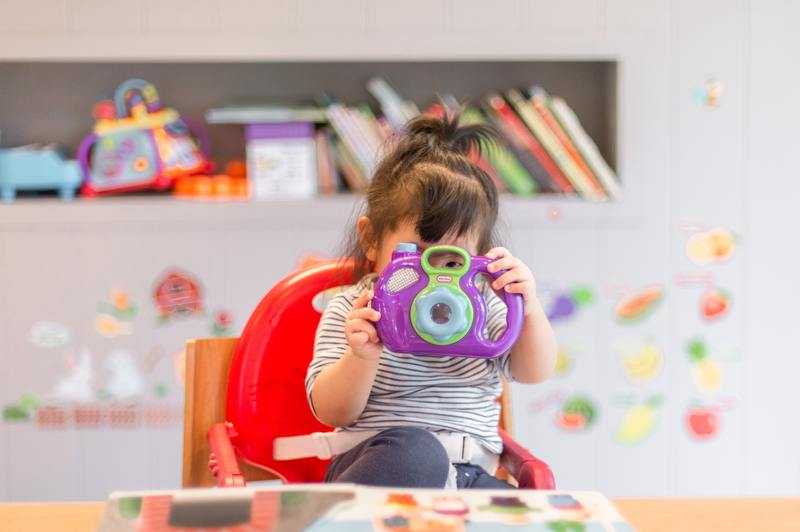Switching chairs for your child takes time, and with that, here’s when to switch from high chair to booster seat for your kid’s comfort and safety. Changing seats at the right time for your kid is beneficial not only to their growth but also for their safety.
High chairs are technically designed for babies four to six months old, depending on their growth rate. One of the conditions for babies to use a high chair is to sit upright without that much support but still needs some safety precautions. Now that we have established that, let’s look at the signs for transition to a booster seat for your kid.

Signs To Transition To Booster Seat From High Chair
If you ever feel that your kid is no longer suitable for a high chair but is still reluctant if the time is right? Then here are some signs that you must be looking for before transitioning from a high chair to a booster seat.
The first and convenient sign that you must look out for is if the high chair starts causing inconvenience and hassle for both you and the child. You can see this sign when it’s time to place your kid on the high chair and start to show discomfort and throw tantrums, basically chaos every single time that you use that high chair.
This only means that your kid is no longer comfortable in that high chair. This also means that your child is now starting to be more social. High chairs are sort of isolating and restrictive when it comes to toddlers growing independent.
The second and one critical part is when they can understand and follow simple rules that you try to tell them. When toddlers are at this stage, it is much easier to control and tell them what they need to do, making it much safer when you place them in that booster seat.
Understanding their parents will make it easier to impose do’s and don’ts most of the time, so consider this one of the signs for transitioning.
Another sign to consider is when your kid starts copying you. If the kids are starting to imitate you and want to be like their mama or papa, then it must be time to move them in that restricting high chair to promote independence and good growth.
The last one is for kids that are kind of naughty or if your kid starts to escape and climb out of the high chair. As they progress, the more curious they become and begin to leave the high chair’s safety.
As they escape, they learn how to unbuckle the safety harness and leave the high chair behind. When this is occurring, you must really consider getting them out of that high chair and starting the transition to a booster seat.
All of the signs presented are not the only signs out there but one of the most noticeable ones. Whenever it’s time or not, it is really up to what you decide on to be the best for your kid. If you’re still unsure, you can also seek advice from the experts.
Booster seat versus high chair
Booster seats and high chairs are seats designed for kids and toddlers for dining purposes, as it takes a bit of height to reach that dinner table. So what really is the difference between them?
High chairs are basically a stand-alone chair with a tray that brings the kid up to table height. A booster seat, on the other hand, is designed for toddlers that don’t require much support but needs a boost to reach that tabletop.
High chairs are much like strollers but are designed for eating purposes. It comes with an eating tray and safety harnesses and buckles. It might be restricting, but that is what the essential purpose of a high chair is.
Booster seats are mainly designed for toddlers old enough to sit up independently without the harness and buckle support. They are perfect for kids who want the freedom to freely eat themselves or possibly play with their food.
Basically, the difference is that a booster seat is a grown-up toddler high chair minus the harness and buckles.
Tips for switching your baby’s chair
When you think it’s time to switch your baby’s chair, it’s better to slowly make the change. Gradual change will make the transition easier for the kid to adapt to its new seat. Start by giving the kid snacks on the new seat first, making it a place not only for eating but also for family bonding.
Another thing is to make the chair’s size relatively proportional to your kid to ensure a much comfortable seating and easier transition. As time progresses, your kid will definitely adapt and feel comfortable using the new chair.
Conclusion
Now that we have gone over the tips on when to switch from high chair to booster seat, maybe it’s time to look for the signs on your children and make the transition as gradual and comfortable as possible so that your kids will start to enjoy their daily life freely.
